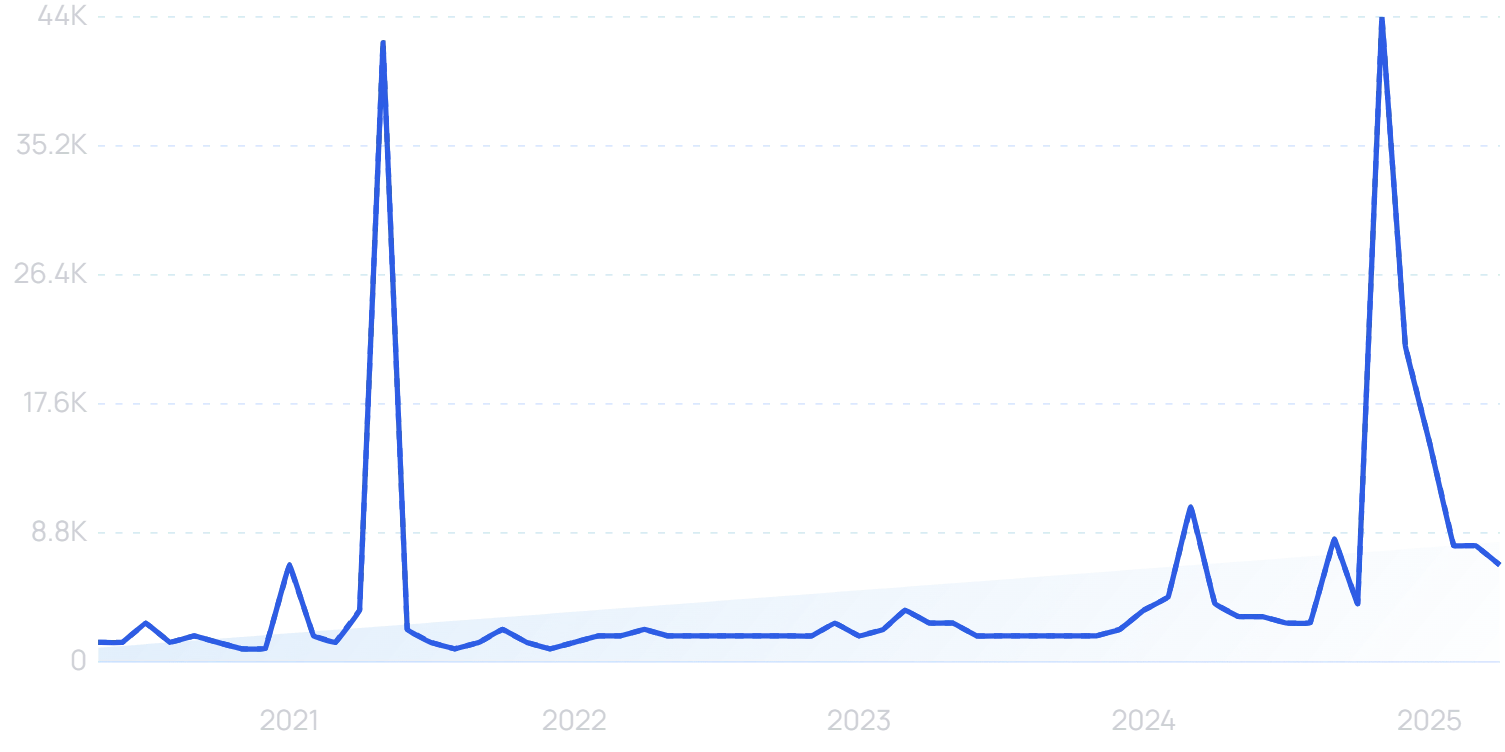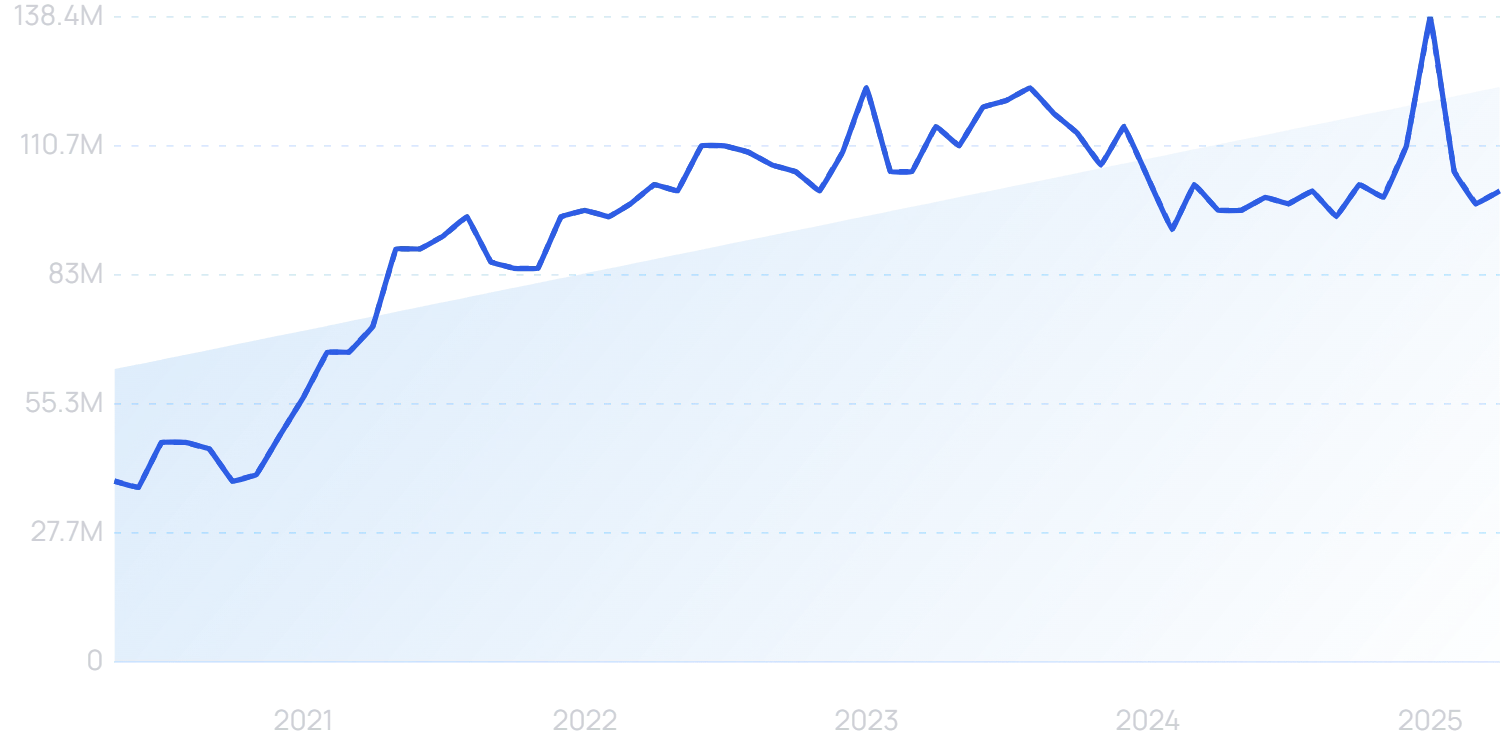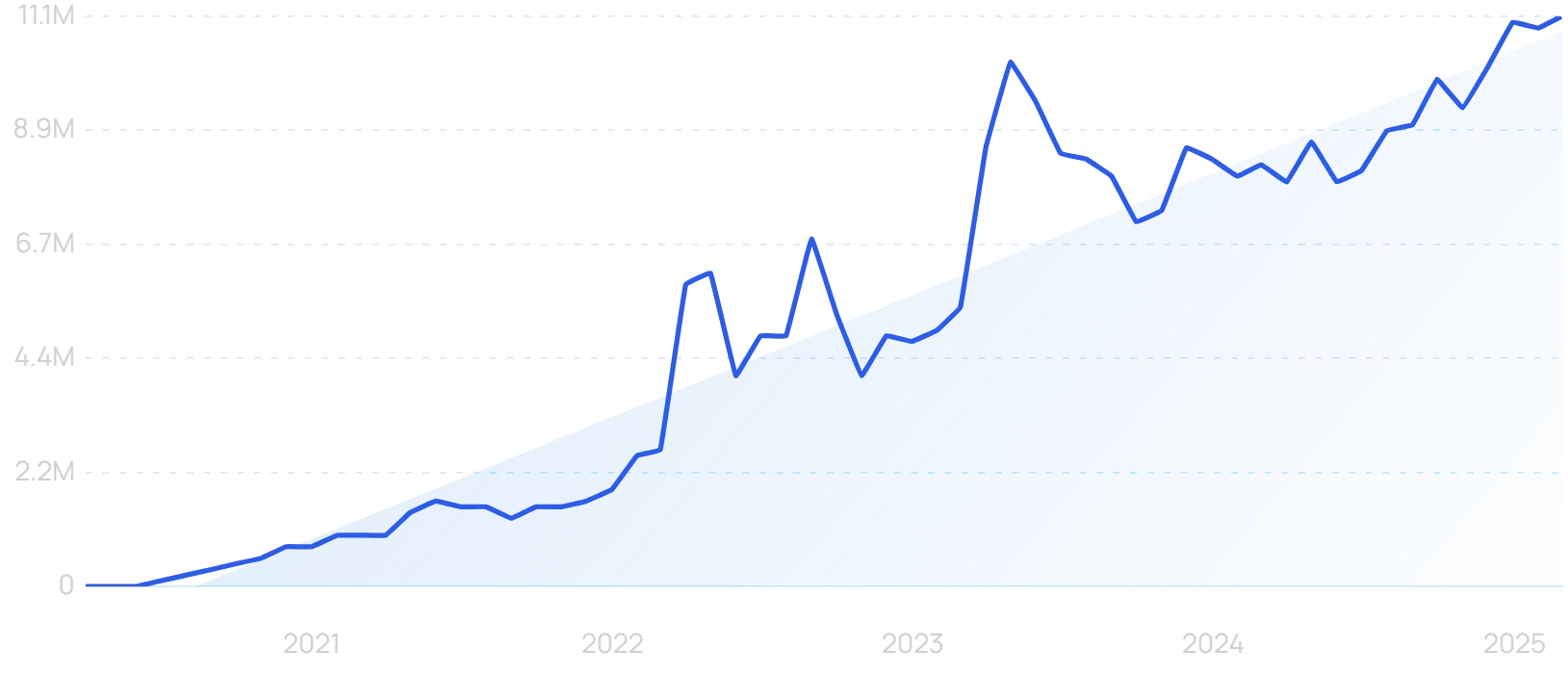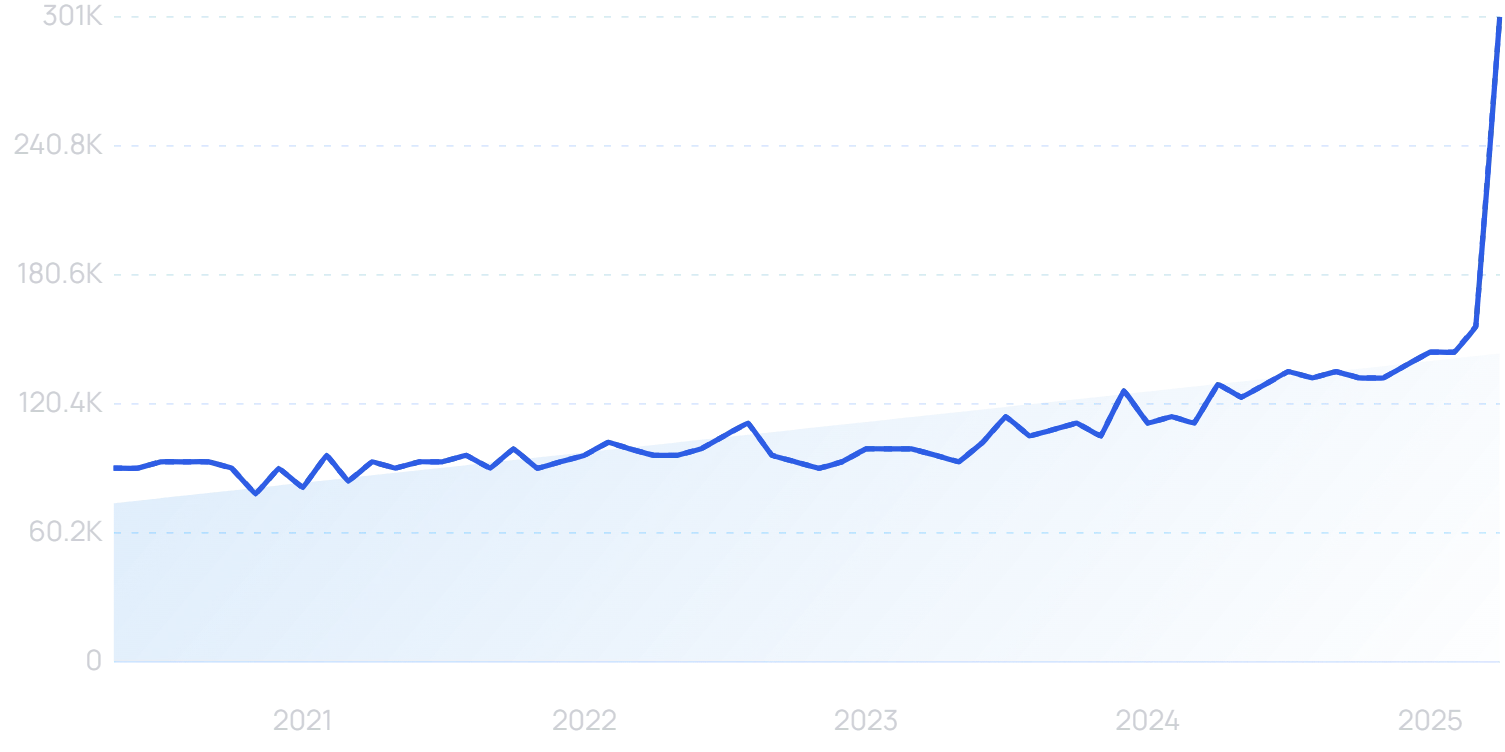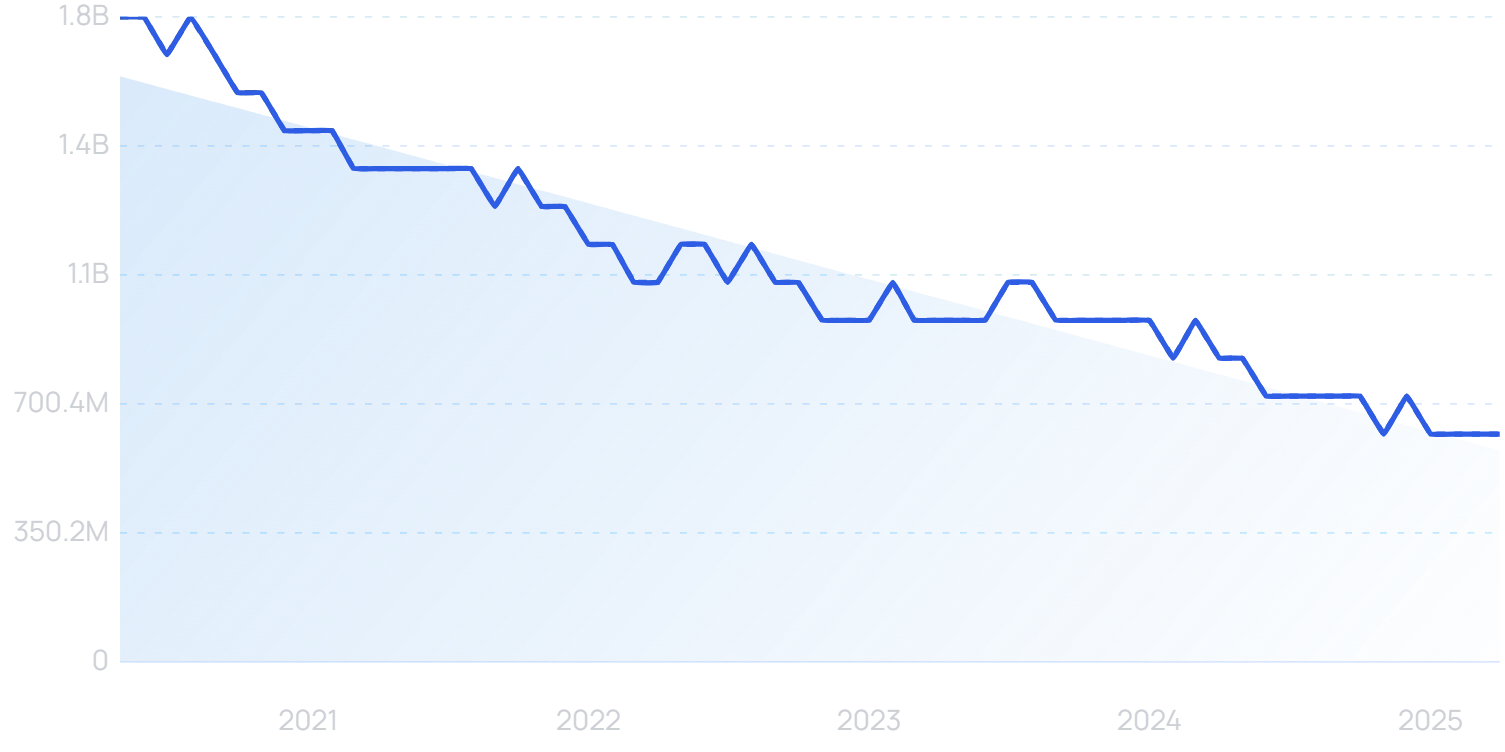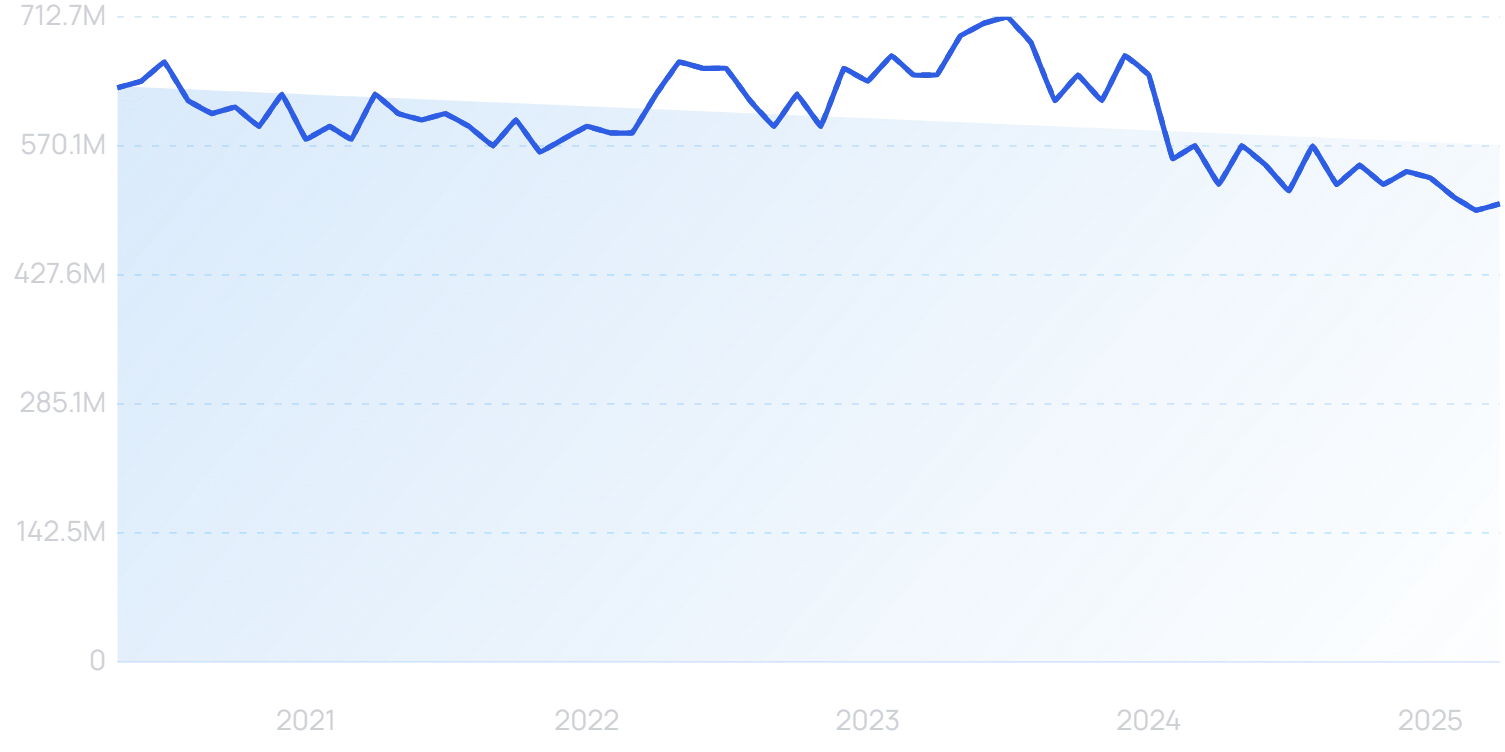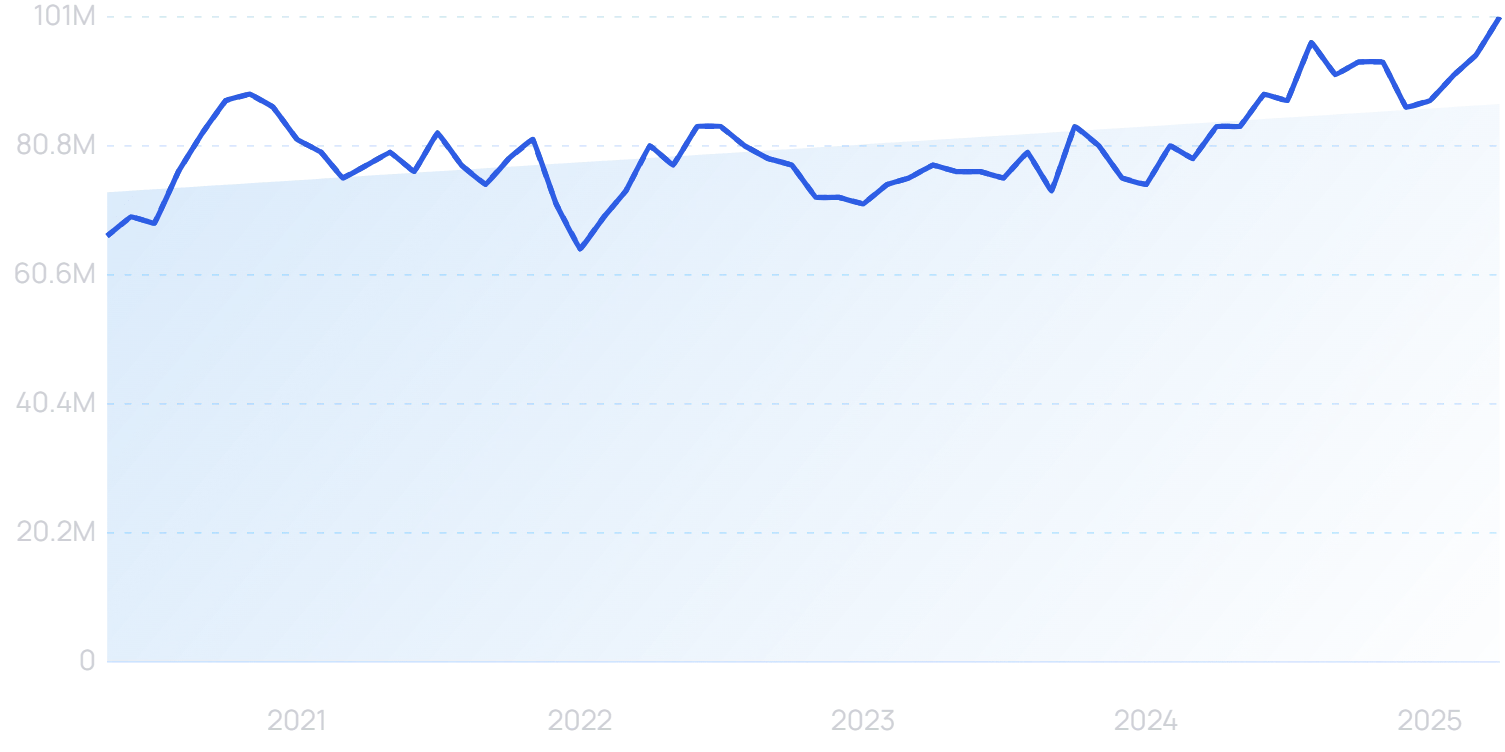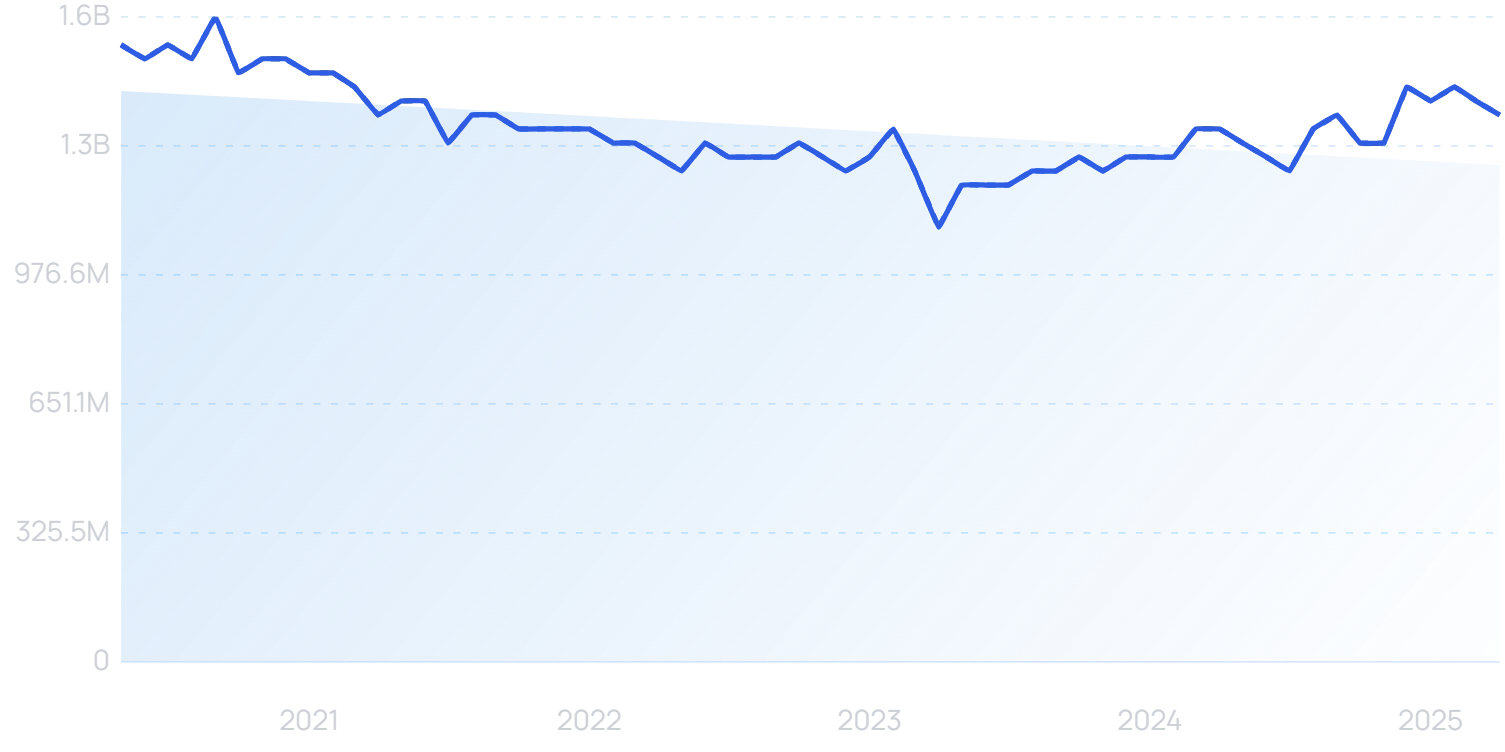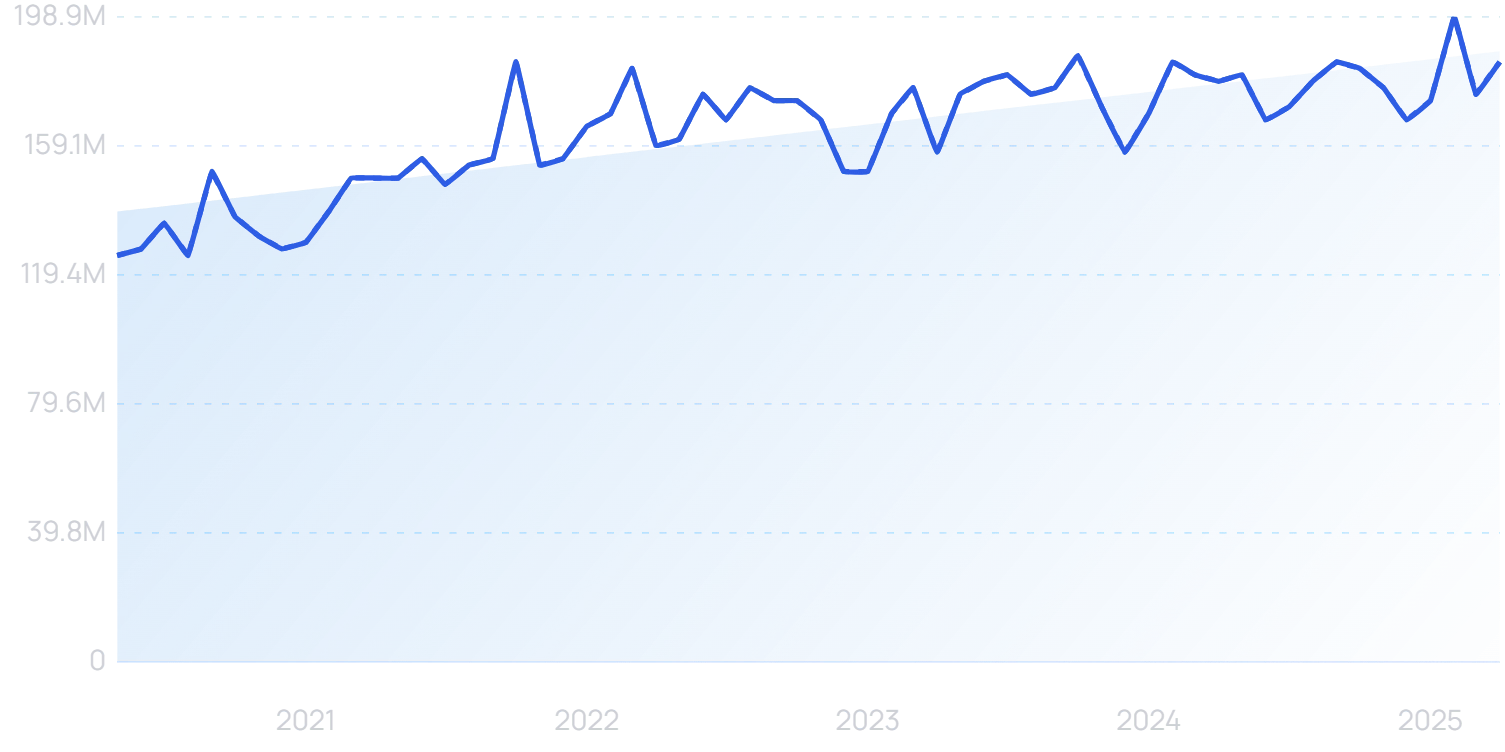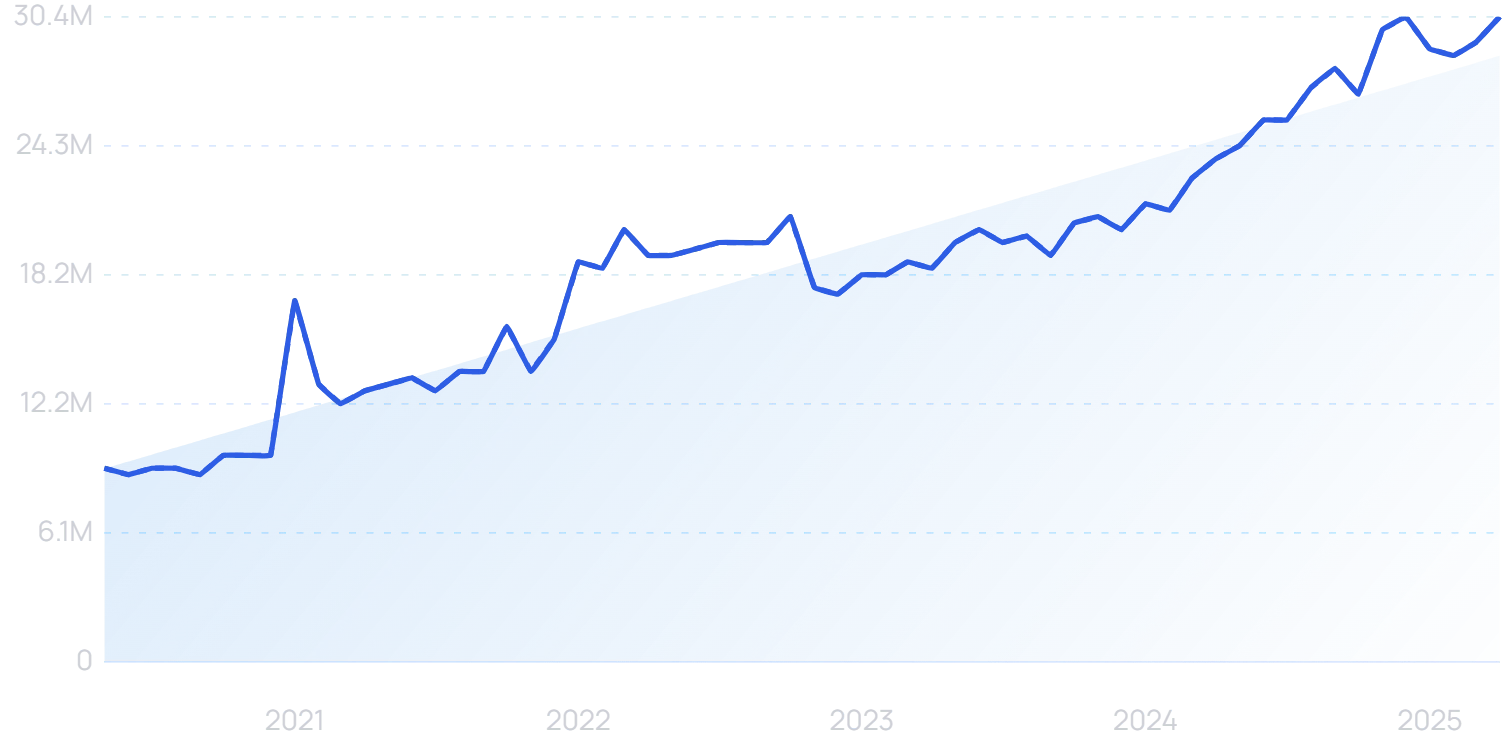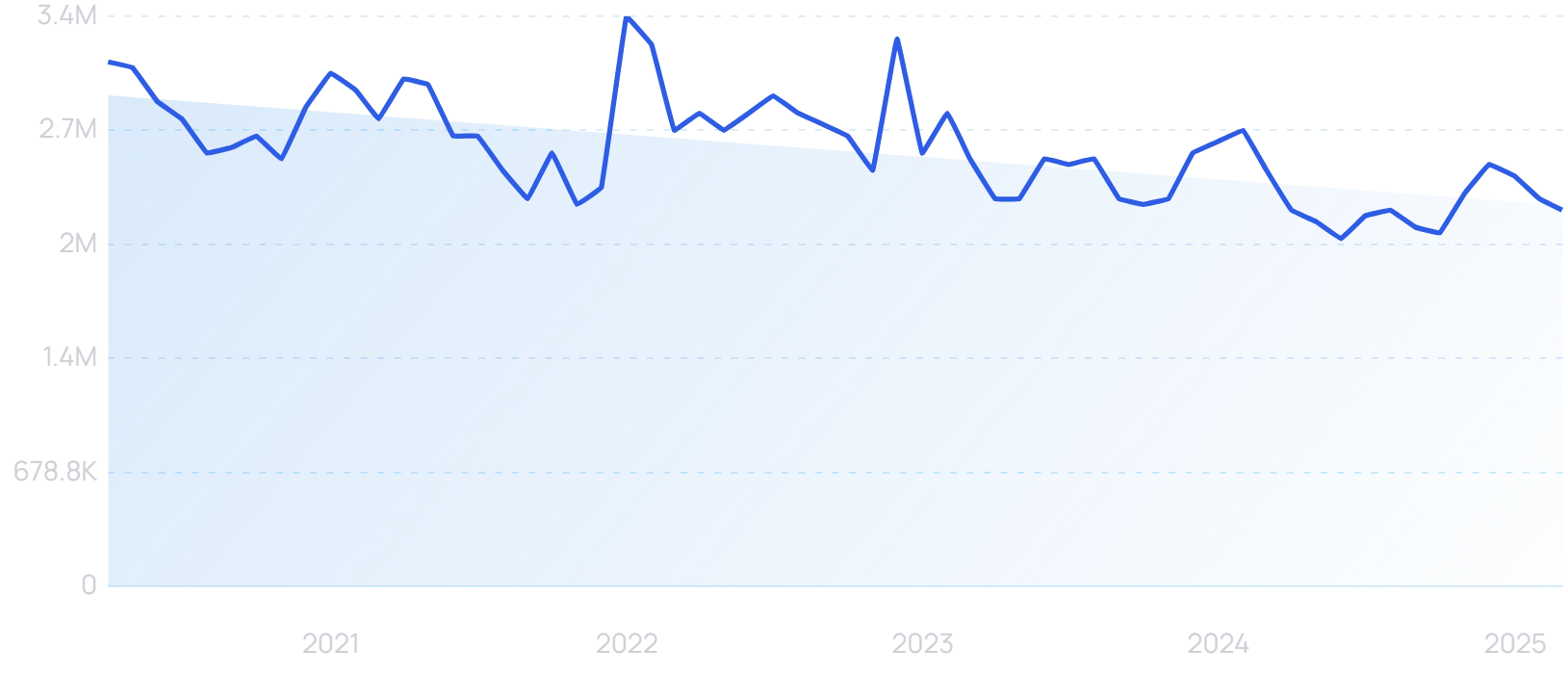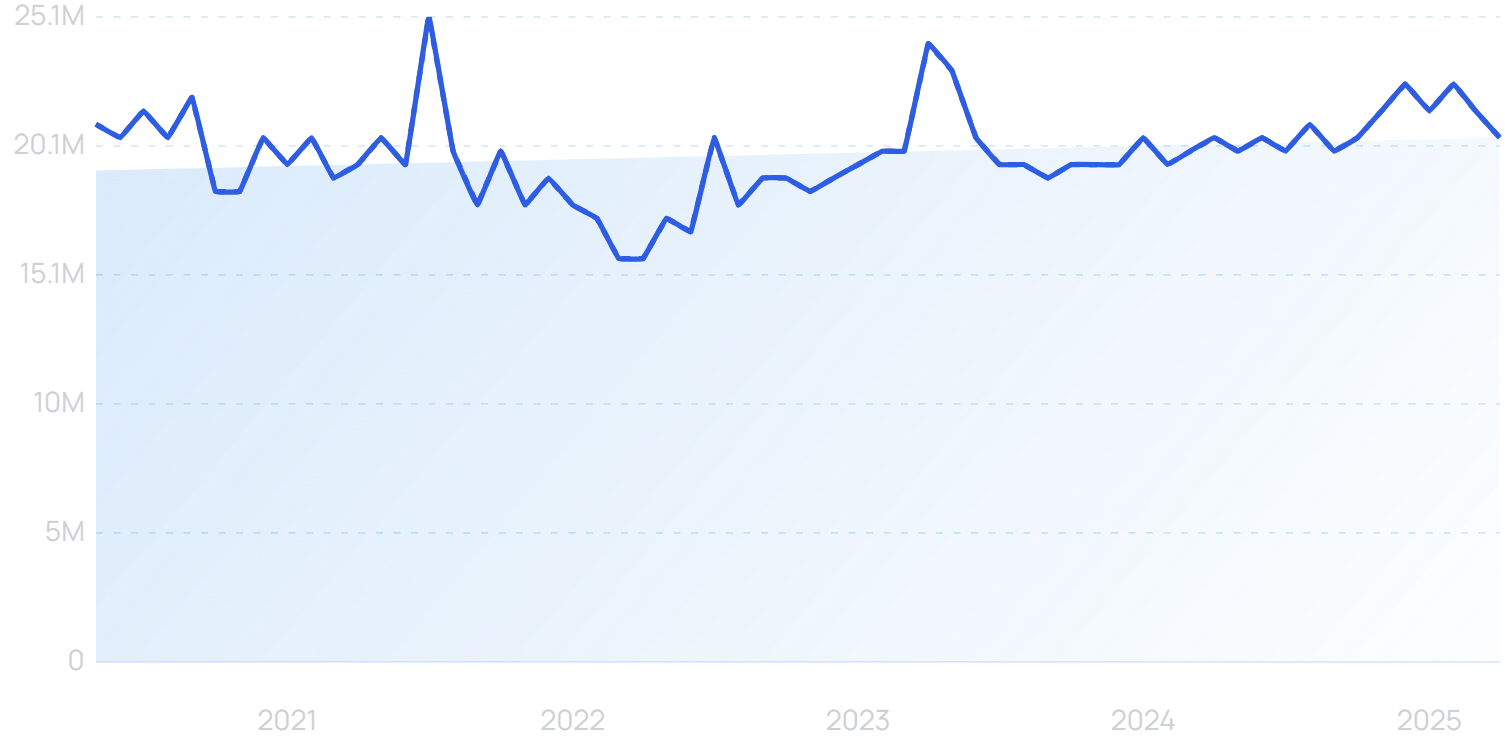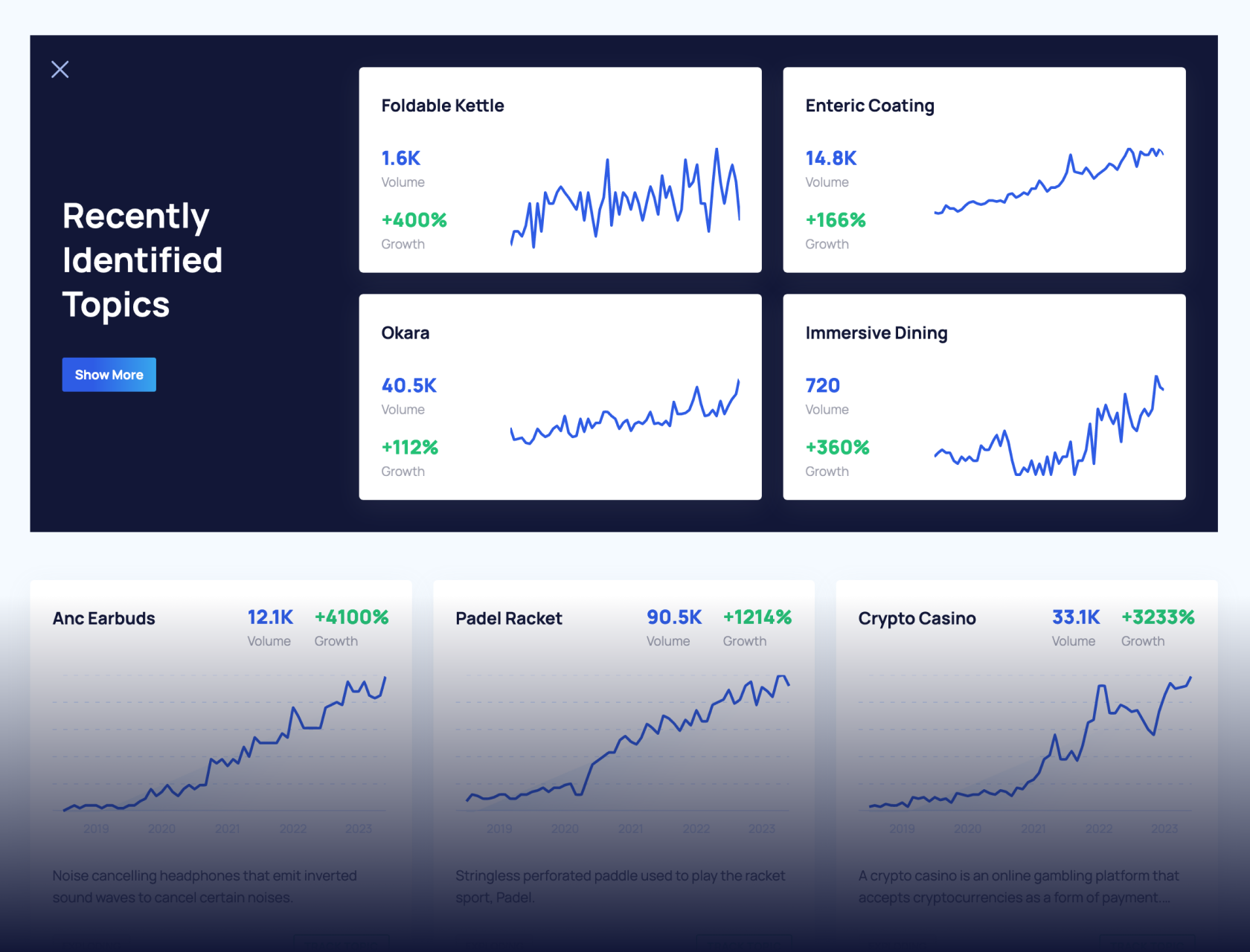
What Social Media Apps Have Been Banned?
Recent discussions about a TikTok ban in the United States have caused users to look for alternative platforms and learn more about the social media apps the ban would impact.
It’s shown that your go-to social media app could vanish one day. This became a temporary reality for 170 million Americans when TikTok was removed from mobile app stores and went dark for roughly 12 hours in January 2025.
Interest in what social media apps have been banned has continued to increase because of the TikTok ban and ongoing questions about what will happen next with the popular social media app.
The initial TikTok ban was set to take place on January 19 and then again on April 5, 2025.
In April 2025, a new 75-day extension was granted for TikTok that requires a sale by June 19, 2025.
The same applies to other social media apps owned by parent company ByteDance, like CapCut and Lemon8.
Outside the US, social media app bans are more common. For instance, major social media sites like Facebook, Instagram, X (Twitter), YouTube, and Snapchat have been banned in China since these platforms became mainstream.
"Social media ban" search interest spiked after the initial announcement of a potential TikTok ban.
TikTok is also banned in China. The Chinese have their own version of TikTok, Douyin, which shares much of TikTok’s functionality and has similar branding.
Douyin is also incredibly profitable for ByteDance. It generated around 80% of its revenue in 2024 despite not being available outside China.
An estimated 5.17 billion people use social media today. Below, we’ve created a list of the top social media apps that have been banned, both in the US and globally.
Banned Social Media Apps in the US
As of April 2025, no social media apps are banned in the United States, but ByteDance-owned apps are skating on thin ice.
Below is a list of ByteDance apps that are at risk of a permanent ban in the US on June 19, 2025.
| App | Parent Company | Total Users | Monthly Organic Traffic |
| TikTok | ByteDance | 1.92 billion | 2.6 billion |
| CapCut | ByteDance | 200 million | 56.3 million |
| Lemon8 | ByteDance | 12.5 million | 10.4 million |
| Lark | ByteDance | 4 million | 11.2 million |
| TikTok Shop Seller Center | ByteDance | 500 thousand | 1.2 million |
| TikTok Lite | ByteDance | 1.1 billion | N/A |
1. TikTok
5-year Search Growth: 161%
Total Monthly Visits: 2.6 billion (945.2 million unique)
Search Growth Status: Exploding
Total Users: 1.92 billion
Why It’s Banned: TikTok’s short video format raised alarms about data privacy and cultural content. In the United States, the app faces a potential ban due to fears that the Chinese government could exploit user data and conduct influence campaigns, prompting national security concerns.
The app has been banned globally in other countries, including India, Iran, Nepal, and Somalia. India banned it in June 2020 after an issue at their borders with Chinese troops. Iran, Nepal, and Somalia block TikTok to resist Western influence or unrest within their countries because of the app’s viral reach.
2. CapCut
5-year Search Growth: 99x+
Total Monthly Visits: 56.3 million (28.7 million unique)
Search Growth Status: Exploding
Total Users: 200 million
Why It’s Banned: CapCut is a video-editing app used to create TikTok-style video clips. It faces a ban in the United States because it is owned by TikTok's parent company, ByteDance. It was also one of the apps banned by India in 2020 and by the Taliban in Afghanistan in 2020 because it does not align with Islamic laws.
3. Lemon8
5-year Search Growth: 2,500%
Total Monthly Visits: 10.4 million (8.5 million unique)
Search Growth Status: Regular
Total Users: 12.5 million
Why It’s Banned: Lemon8’s photo-sharing platform blends key features of both Instagram and Pinterest. The app carries similar fears as other ByteDance apps, and the temporary January ban saw 1 million US-based daily active users impacted.
4. Lark
5-year Search Growth: 233%
Total Monthly Visits: 11.2 million (1.7 million unique)
Search Growth Status: Exploding
Total Users: 4 million
Why It’s Banned: Lark’s workplace chat platform is similar to Slack and raised data privacy concerns as a ByteDance app. The potential ban includes all of their features or tools (Team Collaboration, Rooms Display, and Rooms Controller).
5. TikTok Shop Seller Center
5-year Search Growth: 7,800%
Total Monthly Visits: 1.2 million (450,000 unique)
Search Growth Status: Regular
Total Users: 500,000
Why It’s Banned: The TikTok Shop Seller Center is a commerce tool for TikTok vendors that faces data-handling issues similar to those of a ByteDance app. In the U.S., it was briefly unavailable on January 19, 2025, impacting over 200,000 users. Indonesia allows people to use TikTok, but all online retail activity on the platform has been banned, meaning nobody can access the Shop Seller Center app.
6. TikTok Lite
5-year Search Growth: 400%
Search Growth Status: Peaked
Total Users: 1.1 billion
Why It’s Banned: TikTok Lite is a lighter video app for low-data users that shares ByteDance’s data privacy risks. The U.S. saw it temporarily banned on January 19, 2025, for millions of users, but it’s back with ban threats unless ByteDance divests by mid-June 2025. India and Iran block it for security and cultural reasons, mirroring TikTok’s bans.
Banned Social Media Apps Worldwide
All of the ByteDance social media apps at risk of a US ban are already banned in the following countries:
- Afghanistan
- India
- Iran
- Kyrgyzstan
- Somalia
Many other countries, including Australia, Belgium, and Canada, are also enforcing temporary or long-term restrictions on ByteDance apps.
Other social media and communication apps, including Facebook, Instagram, X (Twitter), YouTube, and WhatsApp, face bans in other countries.
Below, you'll find a list of the top 10 banned apps globally.
| App | Parent Company | Countries Banned In | Total Users | Organic Traffic |
| TikTok | ByteDance | India, Iran, Nepal, Somalia, China | 1.92 billion | 2.6 billion |
| Meta | China, North Korea, Russia, Myanmar, Pakistan, Iran, Turkmenistan | 3.06 billion | 12.8 billion | |
| Meta | China, Russia, Myanmar, Guinea, Iran, Turkmenistan, Uzbekistan, Pakistan | 2.11 billion | 7.4 billion | |
| X (Twitter) | xAI | China, Iran, Myanmar, North Korea, Pakistan, Russia, Turkmenistan, Venezuela | 611 million | 4.5 billion |
| YouTube | China, Iran, Turkmenistan, Uzbekistan, Russia | 2.51 billion | 77.5 billion | |
| Meta | Myanmar, Guinea, Oman, UAE, Qatar, Iran, Turkmenistan | 2.49 billion | 3.8 billion | |
| Telegram | Telegram FZ-LLC | Guinea, Ethiopia, Somalia, Oman, UAE, Iraq, Iran, Turkmenistan, Uzbekistan, Thailand | 950 million | 704.7 million |
| Advance Publications | China, Iran, Indonesia | 1.1 billion | 6.6 billion | |
| Twitch | Amazon | Russia, Iran, China | 240 million | 1.8 billion |
| Snapchat | Snap Inc. | China, Cuba, Iran, North Korea, Russia, Turkmenistan, South Sudan | 850 million | 244.7 million |
1. Facebook
5-year Search Growth: -67%
Total Monthly Visits: 12.8 billion (2.1 billion unique)
Search Growth Status: Peaked
Total Users: 3.06 billion
Countries Banned In: China, North Korea, Russia, Myanmar, Pakistan, Iran, Turkmenistan
Why It’s Banned: Facebook is the largest social media network in the world, with a total of 3+ billion users. The platform allows for networking and “enables protest organizations” that threaten authoritarian regimes.
China blocked the app in July 2009, post-Xinjiang riots to control dissent, while other countries, including Russia and Iran, followed suit to limit anti-government posts and foreign influence.
2. Instagram
5-year Search Growth: -23%
Total Monthly Visits: 7.4 billion (1.7 billion unique)
Search Growth Status: Regular
Total Users: 2.11 billion
Countries Banned In: China, Russia, Myanmar, Guinea, Iran, Turkmenistan, Uzbekistan, Pakistan
Why It’s Banned: Owned by Meta, Instagram carries a similar ban in countries like China, North Korea, Russia, and Iran. It’s blocked to primarily censor the flow of information because these governments don’t want their citizens exposed to Western culture and its influence.
China blocked Instagram early on in 2009. Others like Iran (2018) and Myanmar (2021) did not ban the app until much later. Meanwhile, Russia banned both Facebook and Instagram in March 2022 because of Meta's viewpoints and information related to the Ukraine war.
3. X (Twitter)
5-year Search Growth: 52%
Total Monthly Visits: 4.5 billion (851.7 million unique)
Search Growth Status: Exploding
Total Users: 611 million
Countries Banned In: China, Iran, Myanmar, North Korea, Pakistan, Russia, Turkmenistan, Venezuela
Why It’s Banned: X (Twitter) is a microblogging and live communications app where users find real-time news, opinions, and debates. Because of its open discourse and uncensored access to information, it's been used in countries to distribute news quickly and help organize protests. Countries such as China, North Korea, and Iran, which regulate and restrict freedom of speech, view the app as a threat.
There are other instances where X has been temporarily banned in some countries, such as Egypt in 2011 or Turkey in 2014 and 2023, because of large protests or information related to presidential elections.
4. YouTube
5-year Search Growth: -13%
Total Monthly Visits: 77.5 billion (3.9 billion unique)
Search Growth Status: Regular
Total Users: 2.51 billion
Countries Banned In: China, Iran, Turkmenistan, Uzbekistan, Russia
Why It’s Banned: YouTube is a video-sharing platform for vlogs, tutorials, news, etc. It's primarily blocked in China, Iran, Turkmenistan, Uzbekistan, and Russia because of "harmful content" and Western influence.
At the end of 2024, Russia essentially shut down access to YouTube because of the platform's "anti-Russian policy." Other countries that have either temporarily banned YouTube or restricted content on the platform include Brazil, Eritrea, Armenia, Germany, and Indonesia.
5. WhatsApp
5-year Search Growth: 53%
Total Monthly Visits: 3.8 billion (628.3 million)
Search Growth Status: Exploding
Total Users: 2.49 billion
Countries Banned In: Myanmar, Guinea, Oman, UAE, Qatar, Iran, Turkmenistan
Why It’s Banned: WhatsApp is an encrypted messaging app for texts, calls, and group chats. As a Meta-owned platform, WhatsApp faces bans in countries like Myanmar and Iran because it enables people to coordinate protests. For example, during Myanmar's 2021 military coup, WhatsApp was widely used to organize resistance efforts. It’s also banned in Middle Eastern countries like the UAE and Qatar to prevent its free calling features cutting into local telecom providers’ revenue.
6. Telegram
5-year Search Growth: 241%
Total Monthly Visits: 704.7 million (112.8 million unique)
Search Growth Status: Exploding
Total Users: 950 million
Countries Banned In: Guinea, Ethiopia, Somalia, Oman, UAE, Iraq, Iran, Turkmenistan, Uzbekistan, Thailand
Why It’s Banned: Telegram is a secure instant messaging app with private channels and advanced end-to-end encryption. It's considered one of the fastest growing social media apps, with over 950 million monthly active users. However, it's still subject to bans because of the app's reach and focus on user privacy.
Iran and Thailand both put a ban on the app because it was a primary channel behind notable protests. Meanwhile, countries like Brazil and Indonesia have blocked access to specific Telegram channels due to fake news, misinformation, and negative content.
7. Reddit
5-year Search Growth: 107%
Total Monthly Visits: 6.6 billion (1.1 billion unique)
Search Growth Status: Regular
Total Users: 1.1 billion
Countries Banned In: China, Iran, Indonesia
Why It’s Banned: Reddit is a forum platform hosting open discussions on topics from tech to politics to any niche topic on the internet. Similar to other social media apps, the free flow of information is seen as a threat to countries like China and Iran, who have the app banned.
Indonesia has also banned Reddit since 2014 because it contains explicit content that violates its strict cultural laws. Turkey blocked Reddit in November 2015 under new Internet censorship laws, but lifted it days later.
8. Twitch
5-year Search Growth: -23%
Total Monthly Visits: 1.8 billion (178.9 million unique)
Search Growth Status: Peaked
Total Users: 240 million
Countries Banned In: Russia, Iran, China
Why It’s Banned: Twitch is a live-streaming platform for gaming and interactive content. China banned it in September 2018 and Iran blocks it for unfiltered streams that typically promote gambling and related explicit content.
In 2021, Twitch was temporarily banned in Slovakia due to gambling violations committed by one streamer.
9. Snapchat
5-year Search Growth: 3%
Total Monthly Visits: 244.7 million (71.8 million unique)
Search Growth Status: Regular
Total Users: 850 million
Countries Banned In: China, Cuba, Iran, North Korea, Russia, Turkmenistan, South Sudan
Why It’s Banned: Snapchat is a messaging app for sharing temporary photos, videos, and stories. It's banned in China, Iran, and Russia to block Western influence. The app was also temporarily banned in 2023 in Nepal, but the restriction has since been lifted.
Should Social Media Be Banned?
US internet users will have a very different opinion on whether the government should be able to restrict the websites they go to.
In other countries, such as China, this is common practice and is something that could become a reality in the United States if the TikTok ban ever passes.
Even then, it’s unlikely that social media bans will ever become a regular occurrence within the United States. But it’s interesting to see how US users reacted to the news and quickly moved to RedNote.
Whatever the final decision with TikTok is in the US could certainly impact the future of social media apps. Stay informed about the latest developments by subscribing to our newsletter.
Stop Guessing, Start Growing 🚀
Use real-time topic data to create content that resonates and brings results.
Share
Newsletter Signup
By clicking “Subscribe” you agree to Semrush Privacy Policy and consent to Semrush using your contact data for newsletter purposes
Written By


Anthony is a Content Writer at Exploding Topics. Before joining the team, Anthony spent over four years managing content strat... Read more

